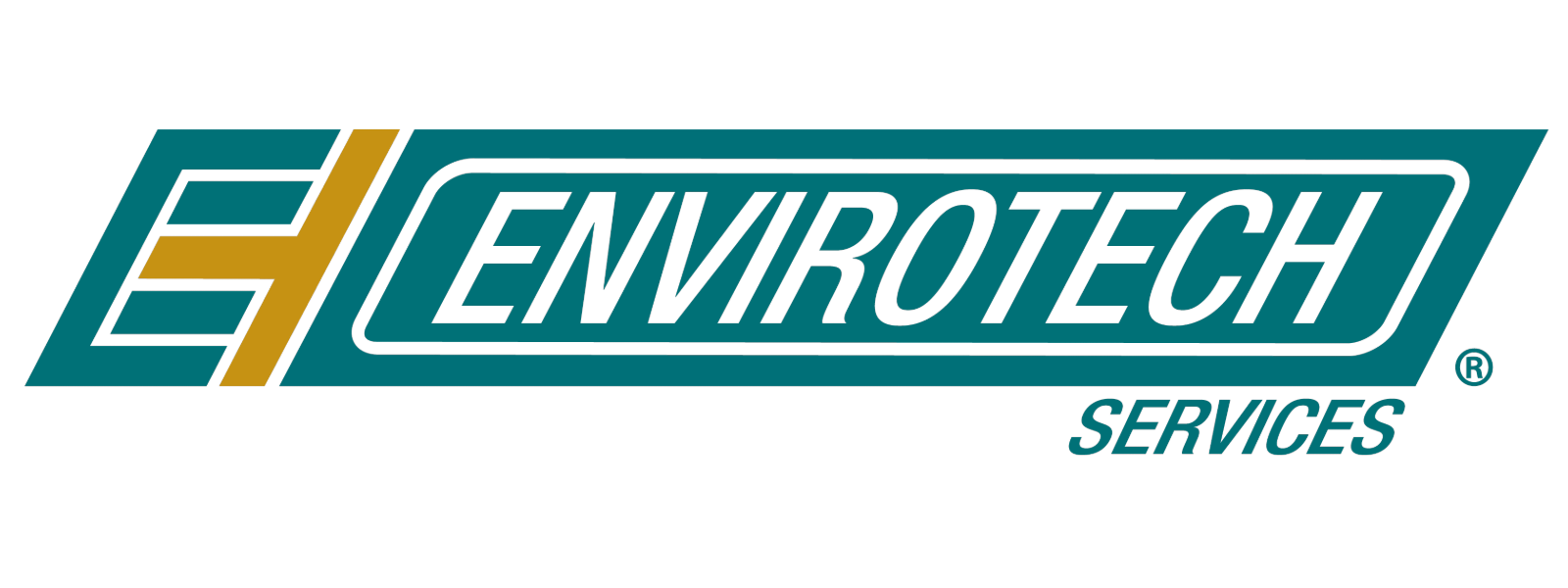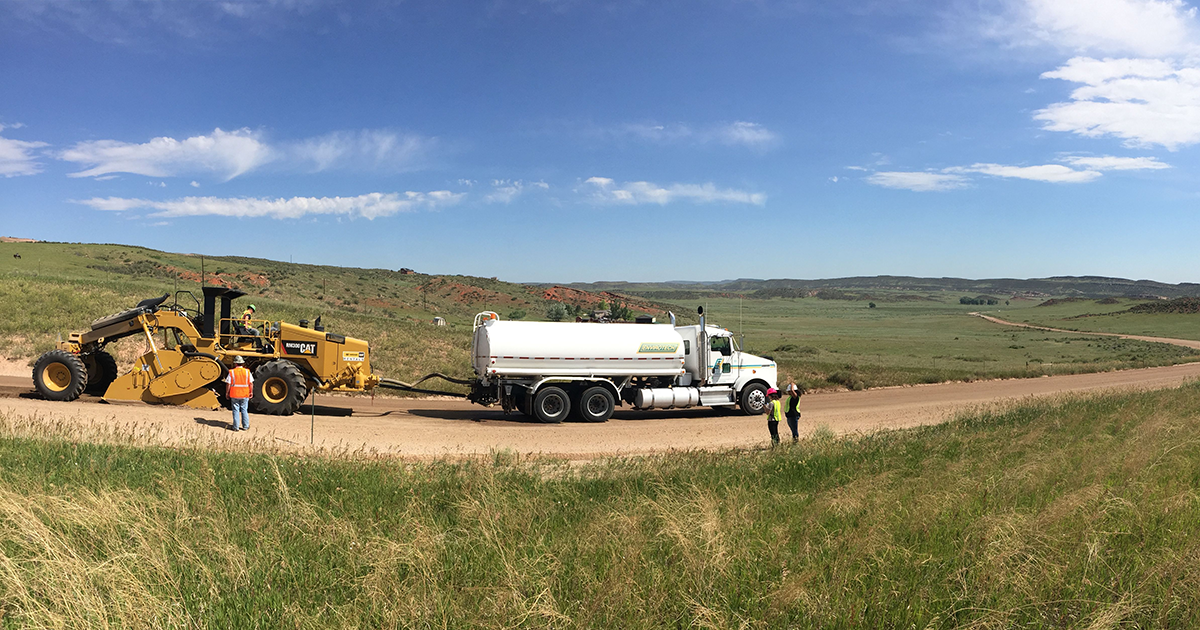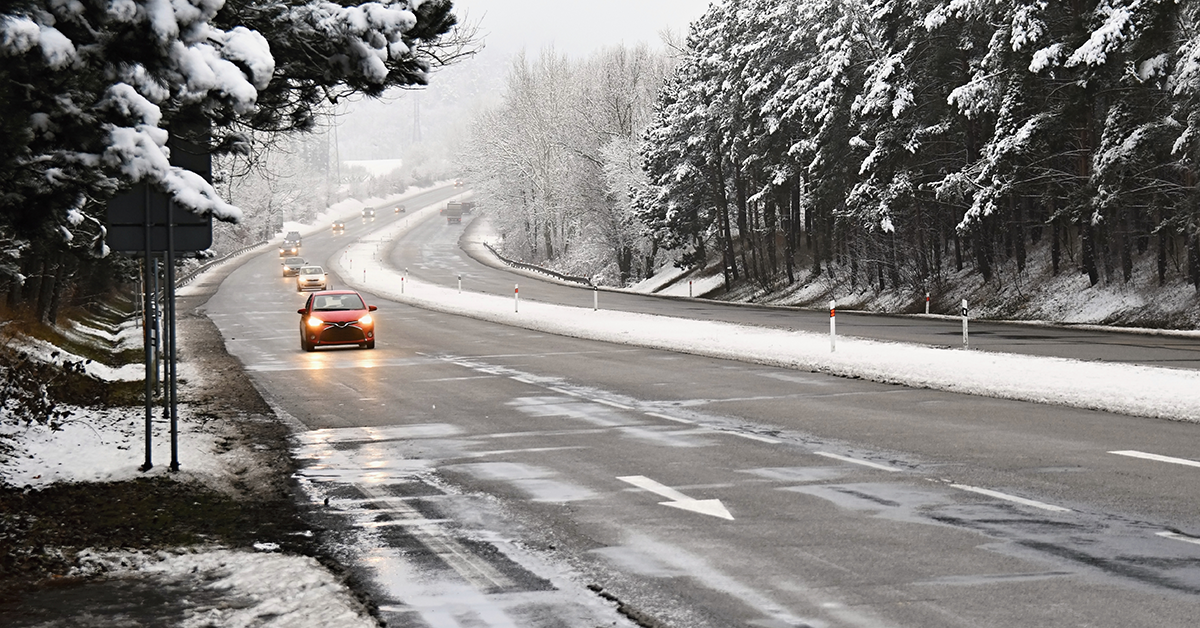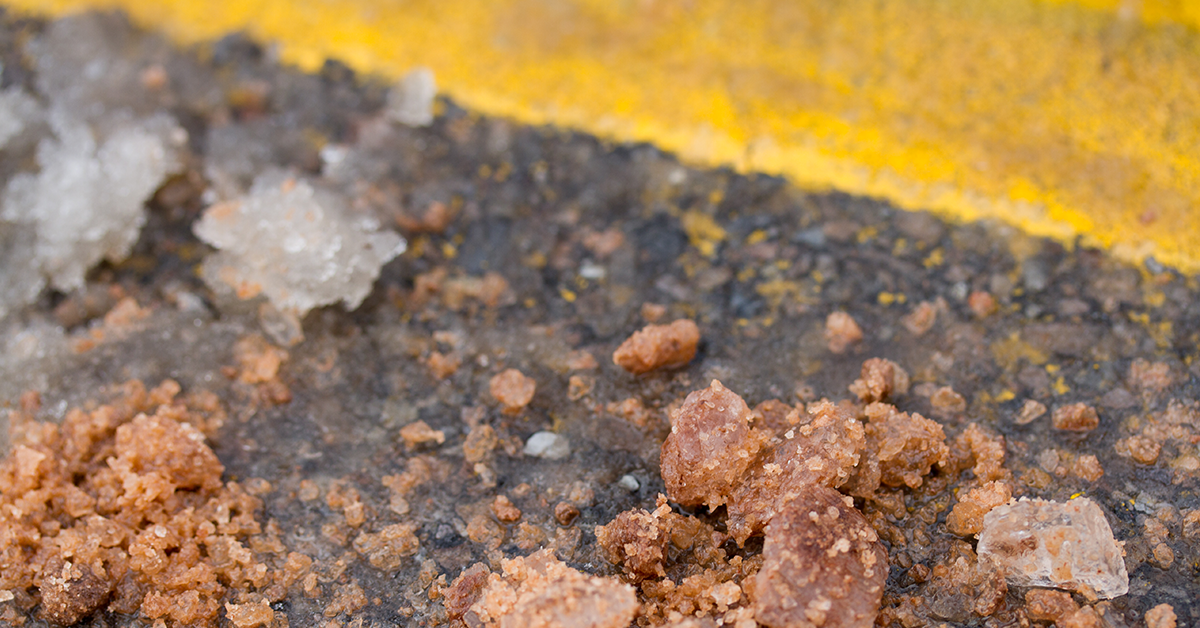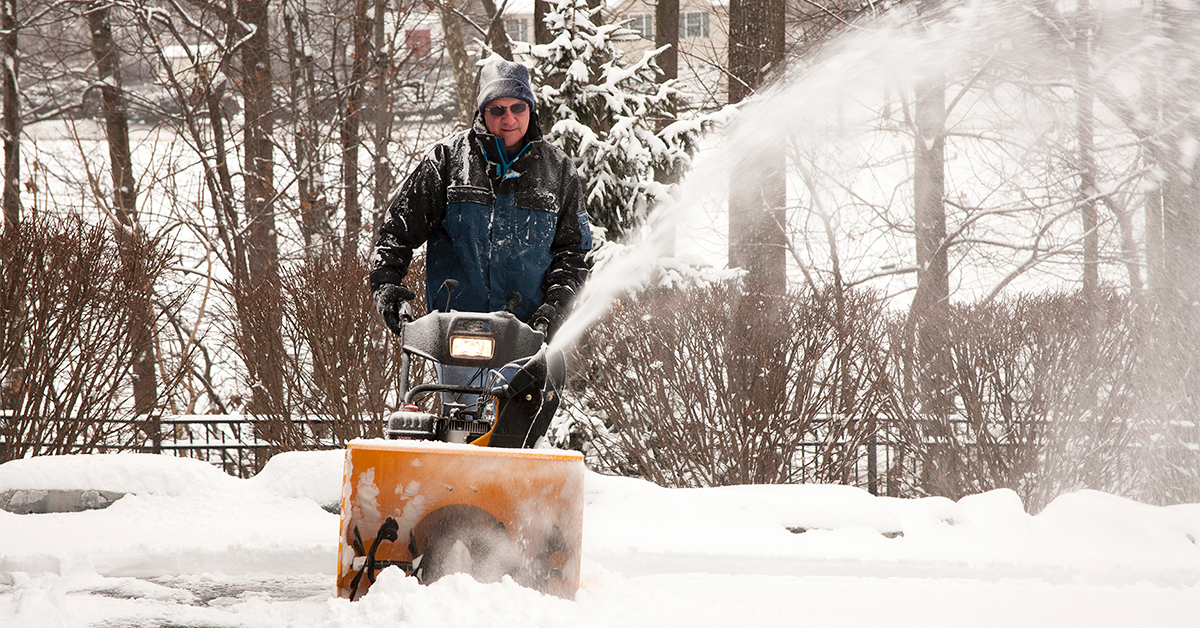FcaWhen snow and ice melts, the salt goes with it, washing into our lakes, streams, wetlands, and groundwater. When winter comes and snow and ice build-up on roads, parking lots, and sidewalks, one of the most common reactions is to apply salt, which contains chloride.
A study termed the “Freshwater Salinization Syndrome,” have occurred most prominently in densely populated watersheds in the eastern and mid-western U.S. where salinity and alkalinity have increased most rapidly. Cities, counties and states are doing different things to reduce and limit the Chloride (Cl-) in their water..
